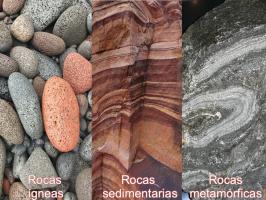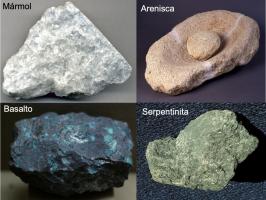The 13 main types of current climates according to Köppen-Geiger
Climate is the set of conditions of the atmosphere of a region. Thus, we have different types of climates depending on the region, whether it is in the tropical zone, in the temperate zone, or at the poles of the planet.
The Köppen-Geiger climate classification groups the world's climates based on the amount of rainfall and temperature per year into:
- Rainy tropical jungle
- Tropical with monsoon rains
- Savanna tropical
- Dry steppe
- Dry arid or desert
- Warm wet
- Mediterranean temperate
- Temperate subhumid
- Cold with rains all year round
- Cold with rainy or boreal summers
- Cold with dry summer
- Tundra fleece
- Perpetual Ice Fleece
Here are the main types of climates in the world and their characteristics.
Tropical rainy all year round or jungle
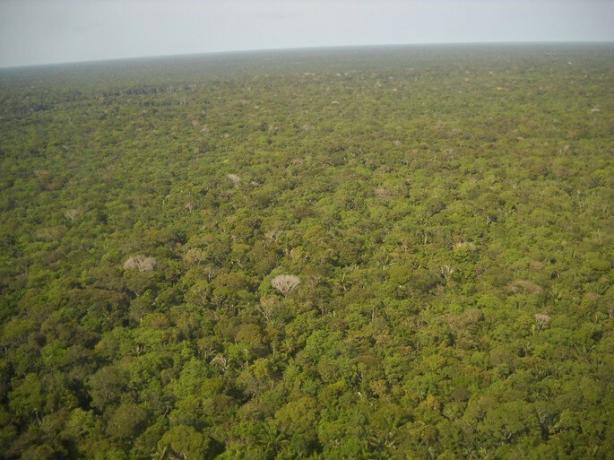
The tropical rainy climate is the jungle climate or hot and humid climate with rains all year round, where the seasons do not differ. This is the climate of the equatorial zone and can be found from sea level to an altitude of 800 to 1000 m.
The characteristics that define the tropical rainy climate are:
- The average temperature of the coldest month is above 18ºC.
- The amount of rain for the driest month is greater than or equal to 60 mm.
We find it in Indonesia, in the Amazon and in the Congo.
Tropical with monsoon rains
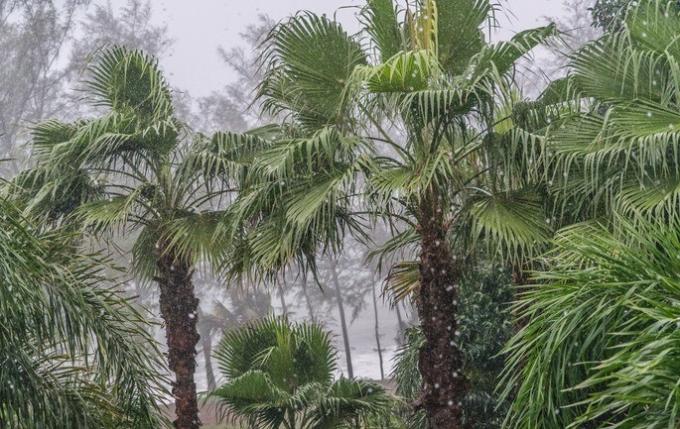
The rainy tropical monsoon climate features abundant summer precipitation and a short dry season.
The tropical monsoon climate is characterized by the fact that the average temperature of the coldest month is above 18 ºC and the amount of rain in the driest month is greater than or equal to 100 minus one-twenty-fifth of the annual precipitation half.
We find it on the west coast of India, north of Brazil, west of Thailand, Vietnam.
Tropical with rains in summer or savanna
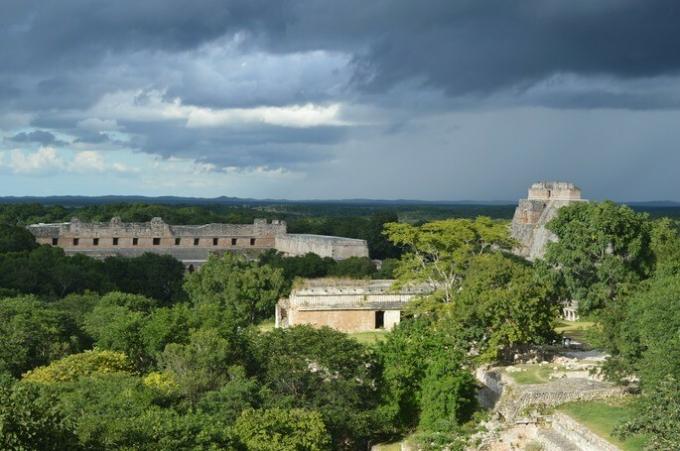
The tropical climate with rains in summer is the savannah climate according to Köppen or hot subhumid climate with rains in summer.
The characteristics that define the savanna climate are:
- The average temperature of the coldest month is above 18ºC.
- The amount of rain in the driest month is less than 100 minus one-25th of the mean annual precipitation.
We find it in Cuba, Central America, northern Australia, India, in the African savannah, in the plains Venezuelans, in Brazil, in the north of Paraguay, east of Bolivia and in the Yucatan peninsula in Mexico.
Steppe dry or arid dry climate

This is the steppe climate or dry-arid climate in the Mexican context. It is characterized by an average annual rainfall of less than 10 mm. Within the dry steppe climate, the following can be distinguished according to their temperature:
- The hot dry weather: with average annual temperature equal to or greater than 18 ° C.
- The cold dry weather: with average annual temperature below 18 ° C.
We find hot dry weather on the slopes of the Sierra Madre Occidental rising from the coastal plain, and cold dry weather in certain parts of Russia. In Mexico this climate is associated with cactus and bushes.
Dry desert

It is the desert climate according to Köppen or very arid or very dry climate. Two types of desert climate can be distinguished:
- Hot desert dry climate: where the annual average temperature is equal to or greater than 18 ° C.
- Dry cold desert climate: where the average annual temperature is less than 18 ° C.
We find a dry hot desert climate in the northern part of the Mexican highlands at altitudes less than 1500 m as well as in the portion of the Pacific coastal plain located north of the 25th parallel north and in the littoral areas of the lower peninsula California. Also in most of North Africa, which includes Egypt, Algeria, Libya, Sudan, Chad, Niger, Mauritania, and Western Sahara. In Asia it covers the entire Arabian peninsula.
The cold desert climate is found in the Argentine pampas and in northern Chile, in northern China, Kazakhstan, Uzbekistan and Turkmenistan.
Temperate humid with rains all year round

The humid temperate climate with rains throughout the year is characterized by the fact that the average temperature of the coldest month is between 0º C and 18 ° C and that of the hottest month is higher than 10º C.
In this case, three subtypes can be achieved:
- Humid temperate with hot summer: with the temperature of the hottest month higher than 22 ºC.
- Humid temperate with hot summer: the number of months where the temperature is greater than 10 ºC is equal to or greater than 4.
- Humid temperate with cold summer: the number of months where the temperature is greater than 10 ºC is less than 4.
It is located in the south-east of the USA, south of Brazil, Uruguay and north of Argentina.
Temperate with rainy or Mediterranean winters
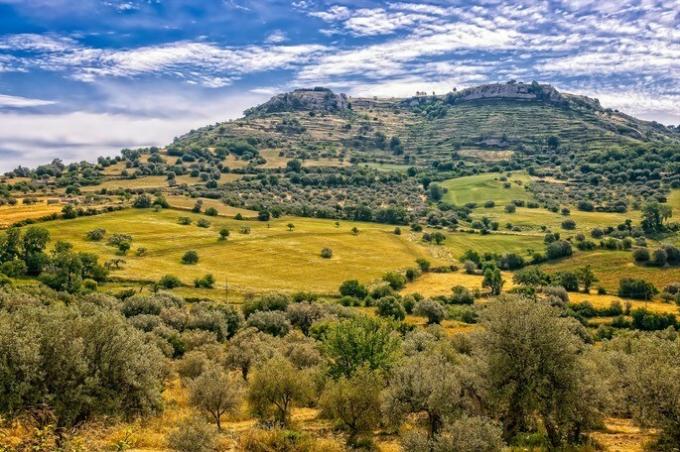
The temperate climate with rainy winters and dry summers. It is the characteristic climate of the Mediterranean, where the amount of rain in the wettest month of the cold half of the year is three times higher than in the driest.
The main characteristics of the Mediterranean climate are:
- Average temperature of the coldest month is between 0 ° C and 18 ° C.
- Temperature of the hottest month greater than 10 ° C.
- The amount of rain of the driest month in summer is less than 40 mm and less than a third of the precipitation of the wettest month.
Depending on the temperature in the summer, three types can be distinguished:
- Humid temperate with hot dry summer: with the temperature of the hottest month higher than 22 ° C.
- Humid temperate with hot dry summer: the number of months where the temperature is greater than 10 ° C is equal to or greater than 4.
- Humid temperate with cold dry summer: the number of months where the temperature is greater than 10 ° C is between 1 and 4.
We find it in the European countries that border the Mediterranean Sea: Italy, Greece, Spain, Portugal, Turkey. Also in California and in the central part of Chile.
Temperate subhumid with rains in summer
The temperate climate with rainy summers, cold or mild and dry winters. It is also known as the sinic climate by Köppen or subhumid temperate climates with rains in summer.
It is characterized because the average temperature of the coldest month is between 0 ° C and 18 ° C and that of the hottest month is greater than 10 ° C. Also, the amount of rain in the driest month in winter is less than one-tenth the amount of rain in the rainiest month in summer.
Depending on the temperature in the summer, three types can be distinguished:
- Temperate subhumid with hot dry summer: with the temperature of the hottest month higher than 22 ° C.
- Temperate subhumid with hot dry summer: the number of months where the temperature is greater than 10 ° C is equal to or greater than 4.
- Temperate subhumid with cold dry summer: the number of months where the temperature is greater than 10 ° C is between 1 and 4.
It is located in Minas Gerais in Brazil, in Puebla in Mexico, in the center of the island of Madagascar.
Cold with rains all year round

The cold humid climate is characterized because the temperature of the hottest month is greater than 10ºC and the temperature of the coldest month is less than or equal to 0ºC.
Within this type of climate the following are distinguished:
- Wet cold with hot summer: the temperature of the hottest month is equal to or greater than 22 ºC.
- Wet cold with warm summer: the number of months where the temperature is greater than 10 ºC is equal to or greater than 4.
- Cold wet with cold summer: the temperature of the hottest month is less than 22 ºC and the number of months where the temperature is greater than 10 ° C is less than 4.
- Wet cold with very cold winter: the temperature of the coldest month is lower than -38 ºC.
It is located in part of Turkey and in British Columbia in Canada.
Cold with rainy or boreal summers
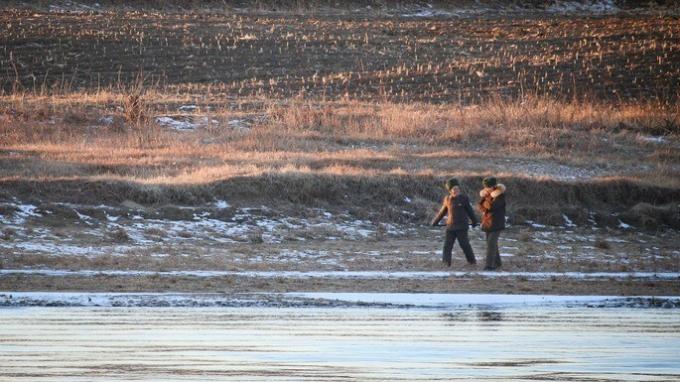
It is also known as the continental boreal climate. It is characterized because the temperature of the hottest month is greater than 10ºC and the temperature of the coldest month is less than or equal to 0ºC. Winters are dry, with rainfall less than one-tenth of the wettest month in summer.
Within this type of climate the following are distinguished:
- Dry winter with hot summer: the temperature of the hottest month is equal to or greater than 22 ºC.
- Dry winter with warm summer: the number of months where the temperature is greater than 10 ºC is equal to or greater than 4.
- Dry winter with cold summer: the temperature of the hottest month is less than 22 ºC and the number of months where the temperature is greater than 10 ° C is less than 4.
- Very cold dry winter: the temperature of the coldest month is lower than -38 ºC.
We find it in North Korea, China, Russia.
Cold with dry summers
The cold climate with dry summer is characterized because the temperature of the hottest month is higher than 10ºC and the temperature of the coldest month is less than or equal to 0ºC. In addition, the precipitation of the driest month of summer is less than 40 mm and is less than a third of the precipitation of the wettest month in winter.
Within this type of climate the following are distinguished:
- Cold with hot and dry summer: the temperature of the hottest month is equal to or greater than 22 ºC.
- Cold with hot and dry summer: the number of months where the temperature is greater than 10 ºC is equal to or greater than 4.
- Cold with dry and cold summer: the temperature of the hottest month is less than 22 ºC and the number of months where the temperature is greater than 10 ° C is less than 4.
- Cold with dry summer and very cold winter: the temperature of the coldest month is below -38 C
We find it in Tibet, Tajikistan and part of Turkey,
Tundra fleece
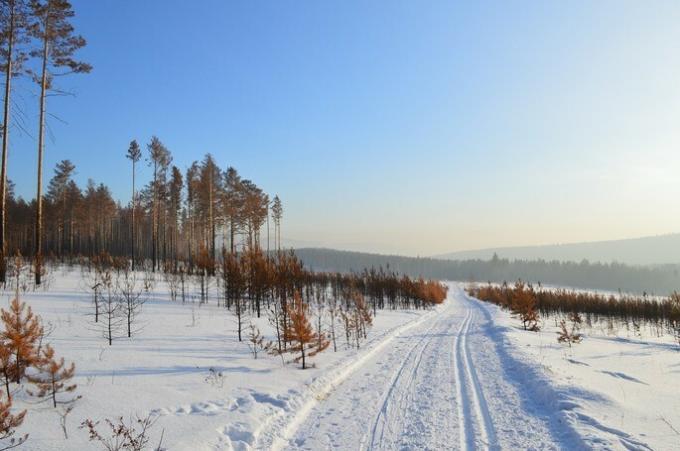
The polar tundra climate is characterized by the average temperature of the hottest month between 0 and 10 ºC.
We find it in northern Canada, the coast of Greenland and northern Russia.
Perpetual Ice Fleece
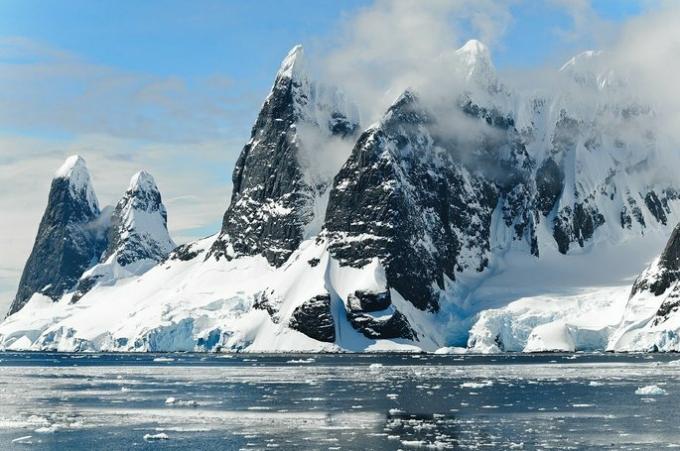
The polar climate of perpetual ice is characterized by temperatures of the hottest month less than or equal to 0º C.
We find it throughout Antarctica at the south pole and in much of Greenland.
You may also be interested in seeing:
- Biome types.
- Types of ecosystems
References
Beck, H.E., Zimmermann, N.E., McVicar, T.R., Vergopolan, N., Berg, A., Wood, E.F. (2018) Present and future Köppen-Geiger climate classification maps at 1-km resolution. Scientific Data. 5:180214. DOI: 10.1038 / sdata.2018.214
Garcia, E. (1973) Modifications to the Köppen climatic classification system (to adapt it to the conditions of the Mexican Republic). National Autonomous University of Mexico. Mexico.
Peel, M.C., Finlayson, B.L., McMahon, T.A. (2007) Updated world map of the Köppen-Geiger climate classification. Hydrol. Earth Syst. Sci., 11: 1633-1644. DOI: 10.5194 / hess-11-1633-2007

